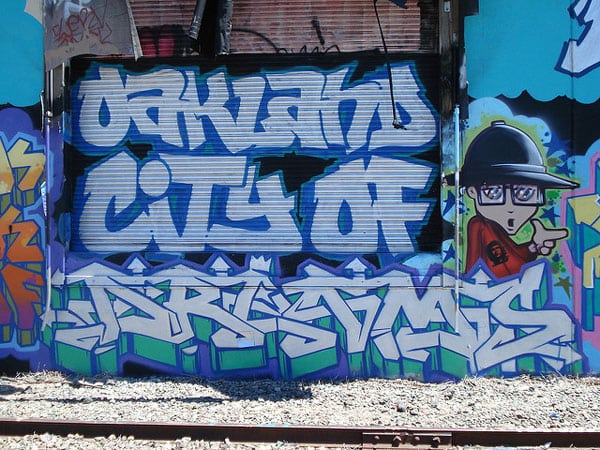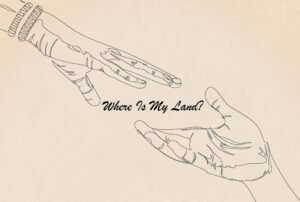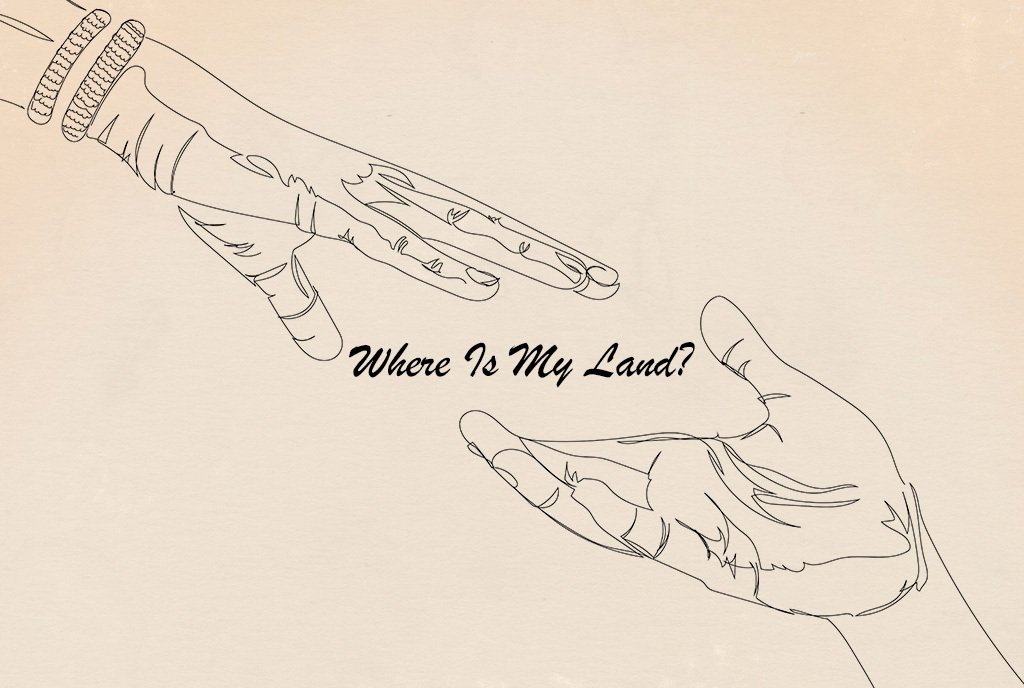
June 20, 2018; Akonadi Foundation
Last week, a report titled Mapping Small Arts and Culture Organizations of Color in Oakland was published by the Akonadi Foundation and the Kenneth Rainin Foundation, two San Francisco Bay Area funders with different—but overlapping—commitments to the region. The report was commissioned by the two foundations and compiled by Creative Equity Research Partners. A total of 138 organizations serving people of color in Oakland with budgets of $250,000 or less are included in the research. In addition to documenting the impact of these grassroots groups (hint: it’s not just about the arts), the report highlights challenges faced by smaller cultural organizations and offers four overarching recommendations for policymakers and funders to consider.
The Akonadi Foundation has a mission “to support the development of powerful social change movements to eliminate structural racism and create a racially just society.” The Kenneth Rainin Foundation supports arts, education, and health initiatives; the foundation has awarded more than $20 million to small and mid-sized arts organizations in the Bay Area since 2009. The study was undertaken in part to inform a new cultural planning cycle in Oakland, and in recognition of mounting evidence across the US of inequity in arts and culture funding, as summarized in the report:
In Not Just Money: Equity Issues in Cultural Philanthropy (2017), Holly Sidford and Alexis Frasz reaffirm findings from their seminal 2011 study of inequity in arts funding. The 2017 report makes clear that despite an increased focus on equity in the sector, inequity in arts funding has increased over the past ten years. Presently, 60 percent of arts funding goes to 2 percent of the cultural institutions, which present white and Western European art forms. Meanwhile, only 4 percent of arts funding goes to organizations with a mission to serve communities of color. The proportion of funding for these organizations has decreased despite the fact that people of color now comprise 38 percent of the US population and in many metropolitan areas organizations serving populations of color make up 25 to 30 percent of all arts organizations.
The full report merits the attention of anyone working to change these funding inequities, in the Bay Area or elsewhere, as well as arts leaders in other communities whose work focuses on serving people of color. One of the reasons this study is especially important is Oakland’s racial demographics:
According to the latest study by Wallet Hub, Oakland is the most diverse city in the United States. Historically, Oakland has been a major cultural and social hub of the African American community, which made up 47 percent of the city’s population in the 1980s. The city was also the home of a thriving community of Latino Americans, who first resided in West Oakland and later moved to Fruitvale and East Oakland following construction of the I-880 freeway. The end of the Vietnam War also brought to Oakland waves of Southeast Asian refugees, who joined the sizable Chinese community in Chinatown and the East Oakland area.
According to the study, Oakland’s smaller arts groups serving communities of color face several obstacles in securing philanthropic support for their work:
Sign up for our free newsletters
Subscribe to NPQ's newsletters to have our top stories delivered directly to your inbox.
By signing up, you agree to our privacy policy and terms of use, and to receive messages from NPQ and our partners.
- Many lack staff capacity and other resources to advance their work and raise additional funds; in fact, the report notes that there’s a subset of arts groups and periodic arts events, especially in the “historic cultural zones” of the city’s communities of color, that are not even documented in the research because so little data is available on them. (The report includes a map of the organizations studied, and an invitation to those not already on the map to provide data by the end of 2018.) Oakland’s proximity to San Francisco is also perceived as one reason these smaller organizations often come up short when they seek funding.
- Not every small arts group studied is a nonprofit entity that qualifies for grants and donations; and there are not enough fiscal sponsorship organizations in the area to support many that don’t want to establish independent nonprofits, but that would benefit from having a fiscal sponsor. In addition, nearly 12 percent of the groups in the study operate as social enterprises, which suggests a spirit of independence and resiliency, but also a reliance on those they serve to fund the work. The report cites a number of “alternative structures: artist collectives, ritual gatherings, and small businesses that double as event halls, performance spaces, and artist studios.”
- Gentrification and displacement appear to be having a disproportionately negative impact on grassroots arts groups and artists from communities of color as Oakland continues to change. As noted in the report, “The vast majority (91 percent) of mapped organizations are located across the West Oakland, Lake Merritt, and East Oakland neighborhoods. These areas of Oakland are currently experiencing early stages of gentrification and displacement and are losing low-income households at an accelerating rate.”
Among the strengths of the small organizations featured in the report—and among the key findings—is that collectively they “form a robust, independent cultural ecosystem that is mission driven and fueled by a sense of place defined by racially specific communities and locations.” Oakland’s history of social activism has perhaps shaped this ecosystem in unique ways:
The social justice missions that anchor many of the organizations in this inventory are born from a long history of activism in which art goes hand in hand with identity-based social justice movements. Oakland is the birthplace of the Black Panther Party and one of the earliest epicenters of the Chicano movement. Both movements used arts and cultural practice as tools to envision and implement social change within their communities and inspire a broader audience to fight for racial justice.
As in other cities, these grassroots arts organizations are essential not only in nurturing creative expression and keeping cultural traditions alive; in many instances, they are tightly woven into the social safety nets that keep neighborhoods, families and individuals alive. Policymakers and funders often appreciate this, but don’t always invest in the arts groups at a level that reflects the broader impact. As noted in the report:
Community stakeholders emphasized deep ties with communities that allow the inventoried organizations to build strong social nets and provide relevant programs that address immediate community concerns in a timely manner. These programs often straddle different sectors, using arts and culture to address issues such as food deserts and human trafficking, both of which affect communities of color disproportionately.
So, what can be done to shift the balance of philanthropic support in Oakland? The report is identified as a first step in a long process, and as a call to action to “encourage funders to adopt intentional investment strategies to support the long-term stability of this important sector.” Four specific recommendations are offered to the funding community in the Bay Area:
- Provide explicit racial equity funding that relies on community input to develop grassroots funding strategies, including, but not limited to, earmarked funding for small arts organizations serving communities of color.
- Continue data gathering and inquiry to identify grassroots organizations serving communities of color in Chinatown, Fruitvale, and other historic cultural zones. Additional research should focus on organizations with informal models and small businesses that sustain the mosaic of Oakland’s arts and culture ecosystem.
- Provide cross-sector funding that allows grassroots organizations serving communities of color to use their understanding of the community to identify constituent needs across sectors, including food justice, housing, transportation, health, economic development, and education, and to find timely solutions through art and cultural work.
- Invest in place-keeping to create and preserve historic cultural zones outside of the Uptown and Downtown core.
It’s not difficult to imagine how these ideas might be tailored to fit other cities, too.—Eileen Cunniffe












